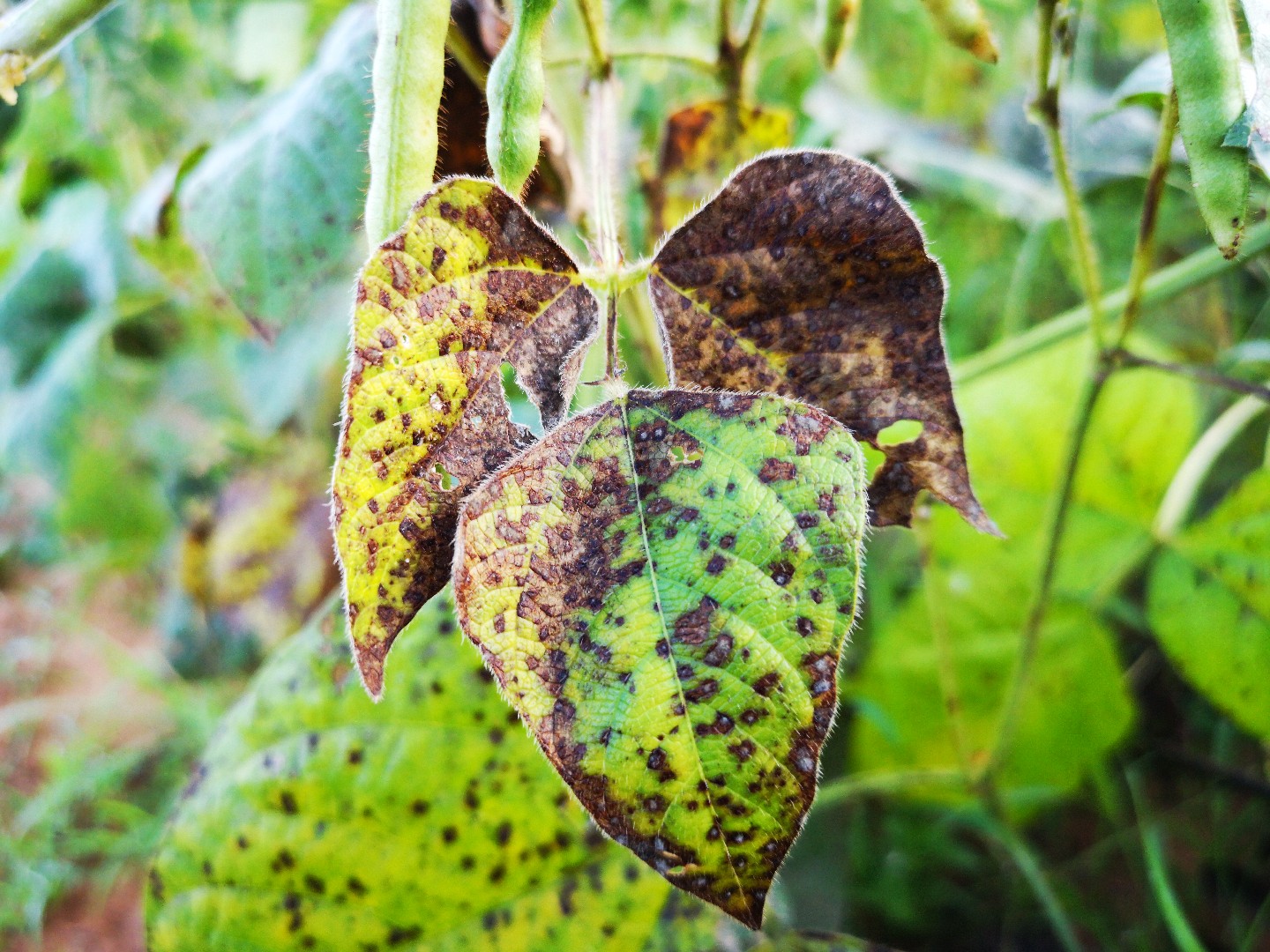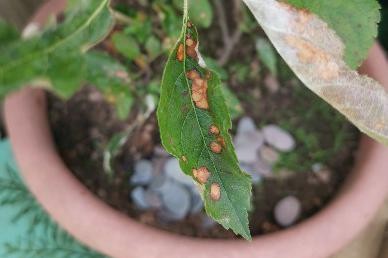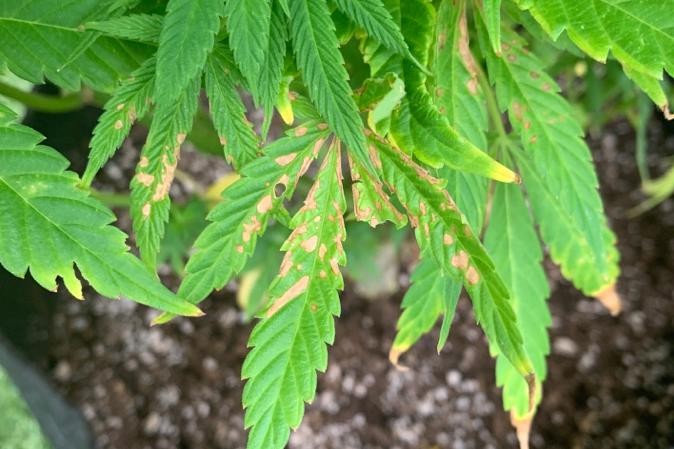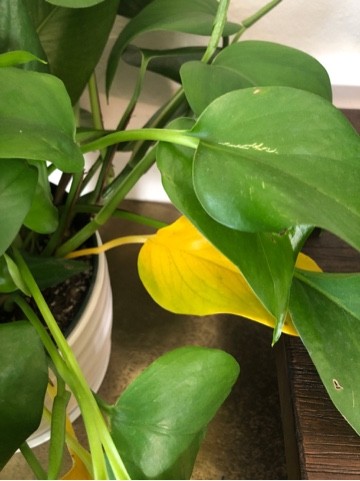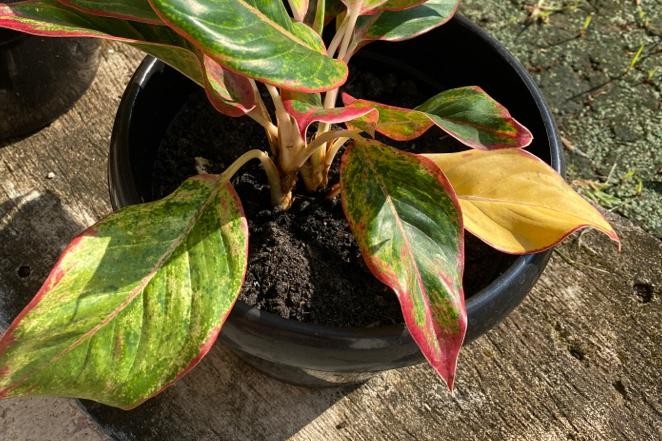Leaf white mold
Leaf white mold is a fungal disease that severely affects 'Flowering quince 'Geisha Girl'', causing premature leaf drop, stunted growth, and on severe cases, plant death. This disease thrives in moist, humid conditions, complicating management in wet climates.


